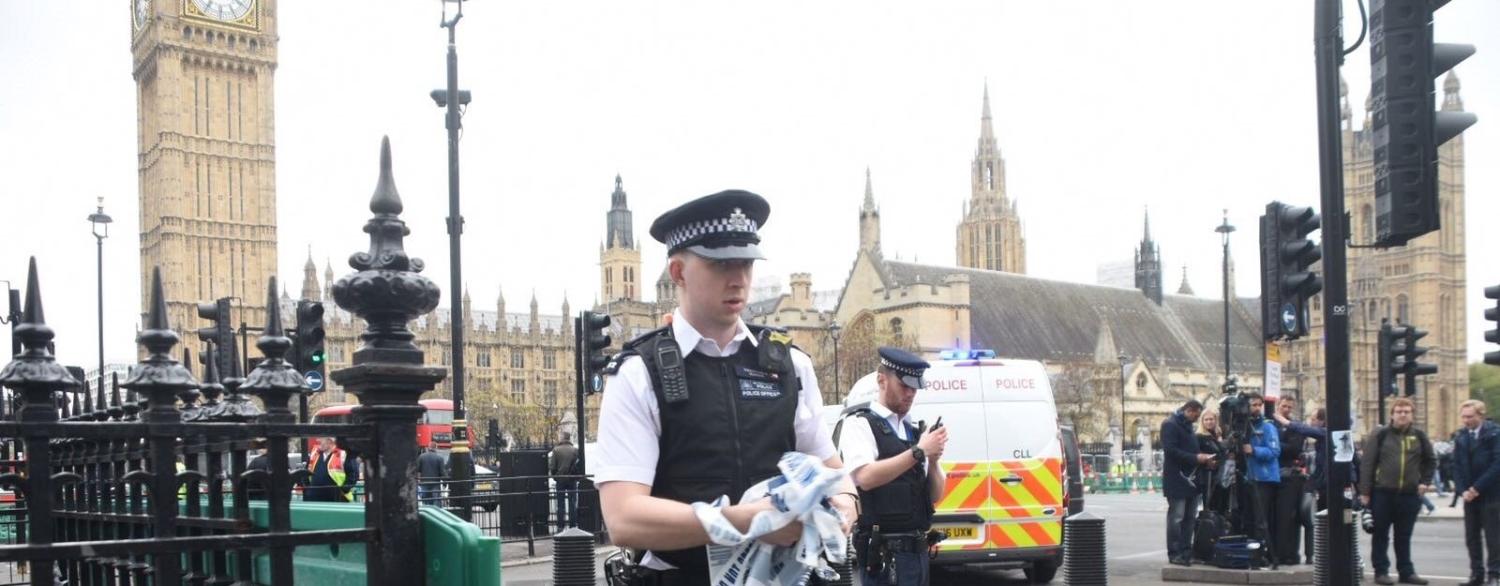How seriously should we take the threat of terrorism? It is nigh on impossible to gain consensus on this issue. Foreign Minister Julie Bishop has declared Islamist terrorism a real threat to the nation-state system, while former US President Barack Obama said it wasn’t an existential threat and shouldn’t be elevated as such. Academics have even posited that the threat is hyped because modern social media has allowed disproportionate fears to spread: the so-called ‘thought contagion theory’.
My view is that Islamist terrorism is by no means an existential threat and we should get on with our day-to-day lives as we always have. At the same time, however, we should also acknowledge that terrorism is the most widespread and persistent security threat we have seen for decades. The trap is to mistakenly conflate the threat of death from terrorism with the threat from terrorism. If we only consider deaths from terrorism as the measure of the threat then we underestimate the widespread nature of this brand of terrorism.
The media have on occasion compiled a table of the greatest sources of deaths to show how unlikely it is to be killed in a terrorist attack. But such measures can never take into account the active plots that are now a fact of daily life across the world that don't result in death because of the work of intelligence and security forces.
Industrial accidents, freaks of nature and the like are accepted as part of life on this planet, and work safety organisations and rescue services exist to address these risks. For the same reason, counter-terrorism architecture exists to address a threat that should be measured not simply by the deaths it causes but by the number and variety of threats that it gives rise to.
Take the last week and a half as an example. In the UK, an active terrorist plot was foiled and a woman shot during a police raid that led to the arrest of six people. Hours earlier a man was arrested on the street in Westminster on suspicion of committing a terrorist act.
In Spain, nine people were arrested in and around Barcelona as part of the ongoing investigation into the Brussels terrorist attacks. French police arrested 10 people in relation to the January 2015 Charlie Hebdo attack, another four in a separate terrorism investigation, and two more in Marseilles. In Italy, a Moroccan man was arrested on charges related to planning a terrorist attack.
Two people were even arrested in Ireland last week as part of an Islamist terrorism investigation. In Russia, 12 Central Asian members of an Islamist group were arrested in Kaliningrad allegedly plotting a terrorist attack and, over on the Pacific side of the country, two alleged members of Islamic State were arrested on the island of Sakhalin.
In the Middle East, Saudi Arabia reported the arrest of 46 members of a terrorist cell responsible for the suicide bombing of the Prophet’s mosque in Medina last year, while in Lebanon there were reports of the arrest of three dual Lebanese-Australian dual citizens who were members of Islamic State. Tunisian security forces also killed two and captured three members of an al-Qaeda affiliate group during a raid conducted last week. And in Iran a Sunni militant group from Pakistan killed 10 Iranian border guards in the restive Sistan-Baluchistan province.
In Australia the trial of Omarjan Azari on terrorism charges and the committal hearing of three alleged radical Islamists involved in the attack on the NSW Police HQ in Parramatta highlight how routine such matters have become, whereas they were once seen as extraordinarily rare.
So, before we go about constructing league tables of the most likely causes of death to show how remote terrorist-related deaths are, we should compile another table that includes the plots disrupted so we can gauge the true nature of the threat. Because the only difference between a successful and unsuccessful terrorist attack is usually the ability of security agencies to disrupt it.

